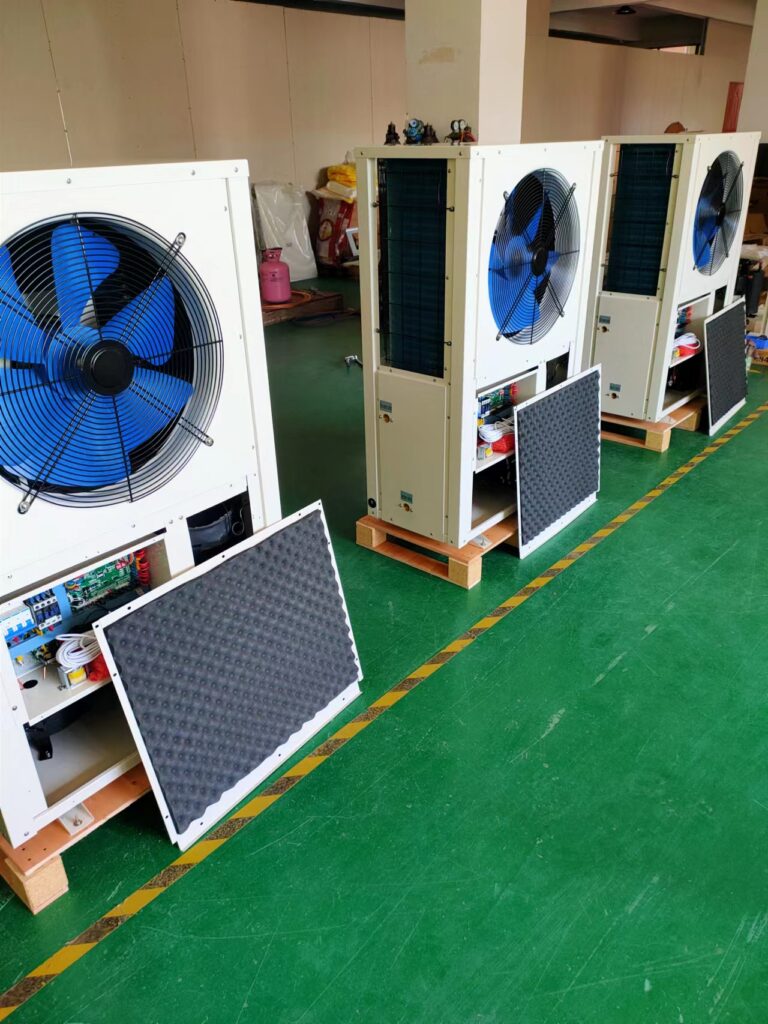An efficient heat pump defrost cycle is characterized by several key features:
Fast Defrost Time: The defrost cycle should be quick, lasting only as long as necessary to melt the ice and frost on the evaporator coils. This minimizes the amount of energy used during the defrost cycle and helps to keep the overall energy consumption of the heat pump low.
Efficient Use of Energy: The defrost cycle should use as little energy as possible, and the heat generated by the refrigerant should be used efficiently to melt the ice and frost. The heat pump should also use an appropriate amount of refrigerant during the defrost cycle, avoiding excessive refrigerant usage that can increase energy consumption.
Automated Triggering: The defrost cycle should be triggered automatically, using a temperature sensor or timer to ensure that it occurs only when needed. This helps to minimize the number of defrost cycles, reducing energy consumption and improving overall heat pump efficiency.
Minimal Impact on Heating Performance: The defrost cycle should have a minimal impact on the overall heating performance of the heat pump. This can be achieved by using a high-efficiency compressor and a fast-acting reversing valve to quickly switch the refrigerant flow direction during the defrost cycle.
When a heat pump defrost cycle is performed efficiently, it can help to improve the overall performance and efficiency of the heat pump. This can result in lower energy bills, improved heating performance, and a longer lifespan for the heat pump.



